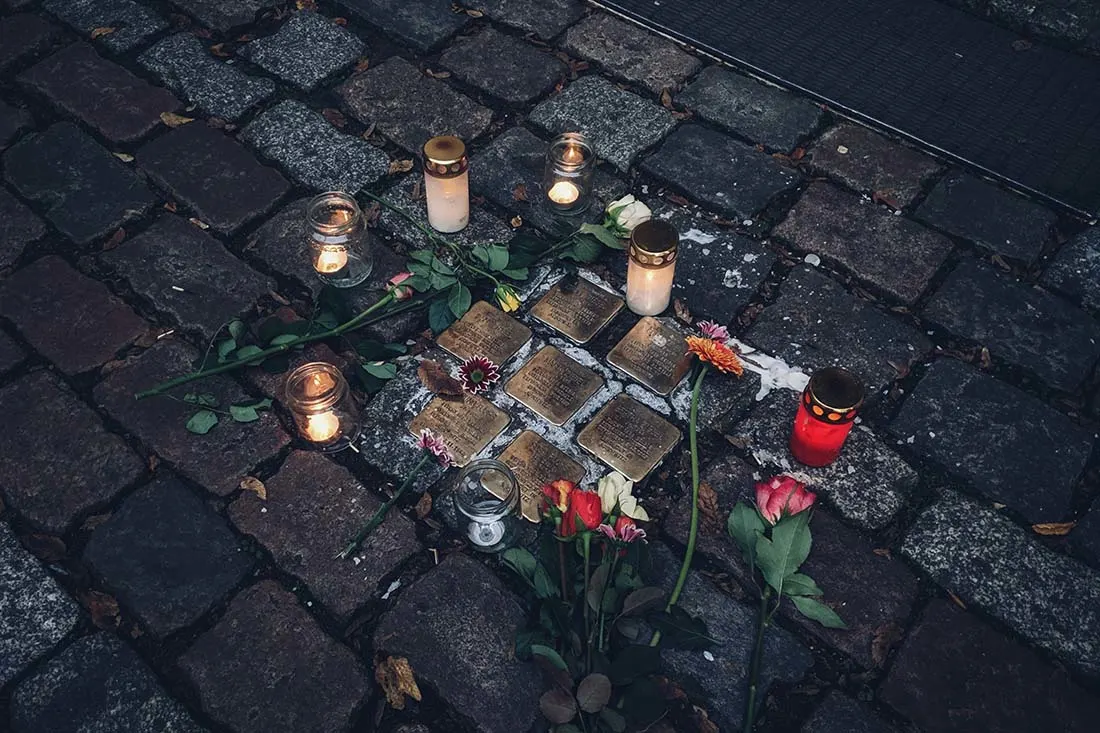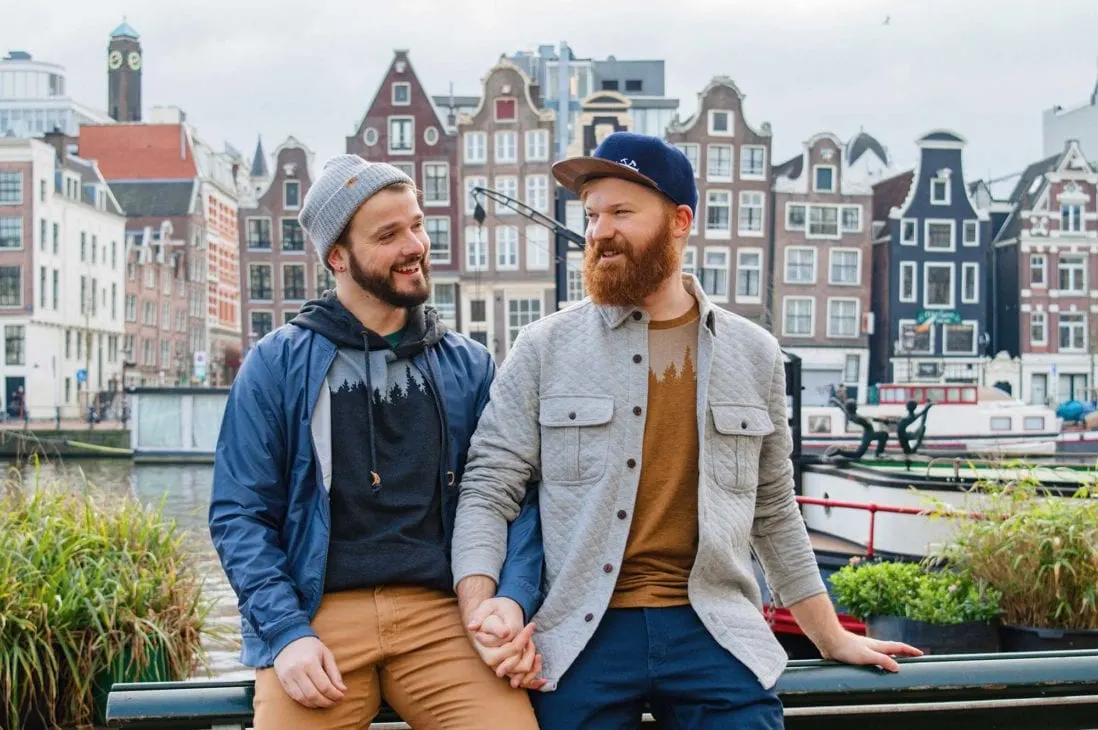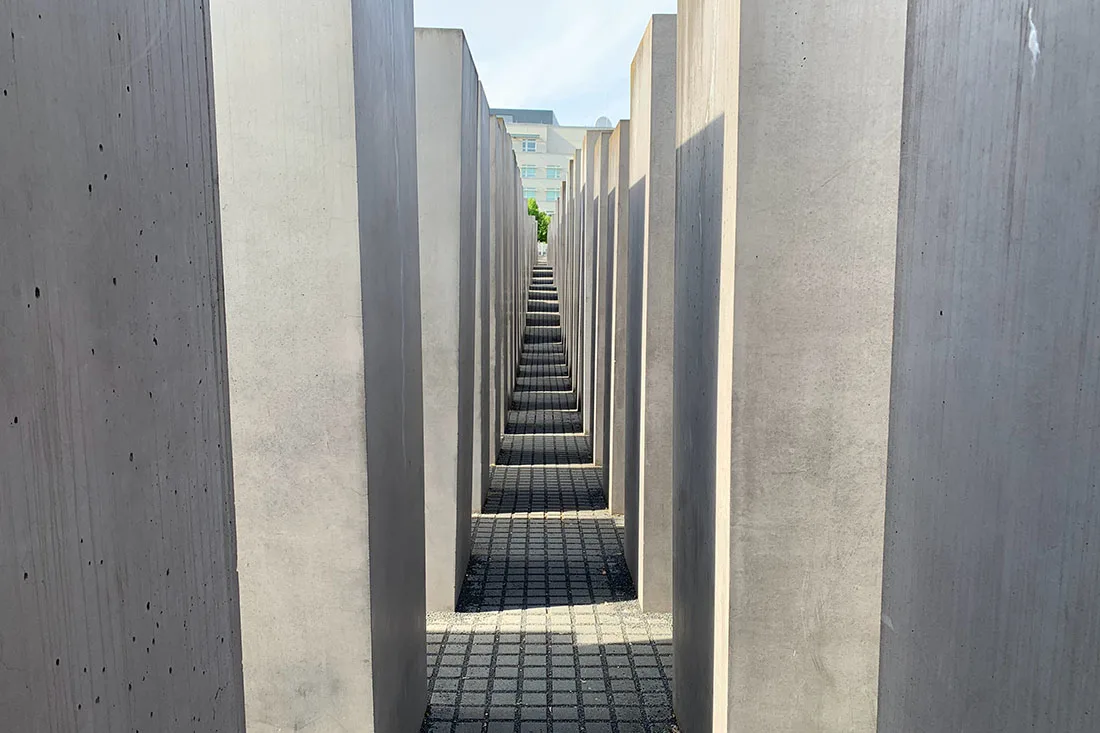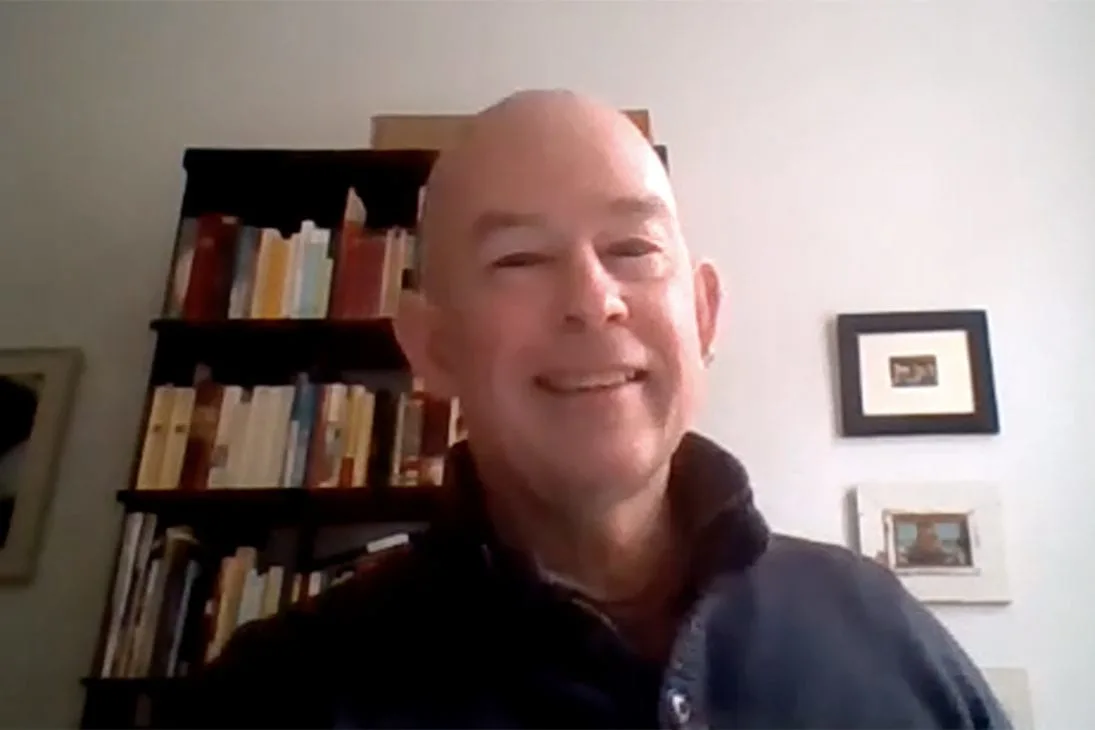Today, we are using International Holocaust Remembrance Day to discuss the important history of the Holocaust. The International Memorial Day, held on the 27th of January every year, was introduced following the liberation of Auschwitz-Birkenau, the largest Nazi concentration and death camp, by the Red Army. Historians put the death toll of Jews and other groups, including ethnic Poles, Soviet civilians, prisoners of war, Roma, disabled people, political and religious dissidents, at 11 million. Often forgotten, the victims of Nazi Germany also included gay men marked with the Pink Triangle. It is now believed that between 5,000 to 15,000 gay men were sent to concentration camps, of whom 3,000 to 10,000 met their deaths as part of the Holocaust. Sarah had the chance to talk to Dr. Alexander Zinn, a historian and a sociologist from Germany, talking about the LGBTQ+ group of victims of the Holocaust for International Holocaust Remembrance Day 2024. The article and the interview are part of our queer history series on Couple of Men.
Written by Sarah Tekath and Karl Krause

What is the Holocaust?
The educational encyclopedia of the German Federal Agency for Civic Education (BpB) writes about the term Holocaust: “Designation for the planned mass extermination of people of the Jewish faith in concentration camps during the National Socialist dictatorship and the Second World War.” This refers to the period from 1941 to 1945, i.e. the Nazi period in Germany, although the said concentration camps were located not only on German soil but also in territories occupied by the German army in what is now Poland or the Czech Republic. The mass extermination was based on the idea of different human ‘races’, some of which were worth less than others, with the representatives of the Nazi ideology considering themselves the ‘master race’.

Who were the victims?
6 million people of Jewish faith were the victims of the systematic mass murder. They were deported from Poland, Hungary, and numerous other European countries to concentration camps, forced to work, and finally to be murdered in gas chambers. However, political opponents, ‘asocials’, Sinti and Roma, Soviet prisoners of war, and others not of the “Aryan race,” mentally ill people, disabled people, LGBT people, and religious dissidents such as Jehovah’s Witnesses and Catholics were also imprisoned and murdered in the concentration camps.
Taken together, the number of victims, in this case, rises to 11 million people who died as a result of the holocaust. This does not include the fallen soldiers and victims in World War II on German territory and in territories occupied by Nazi Germany. The German Federal Agency for Civic Education writes: “The war had brought immeasurable suffering, death, and destruction over large parts of Europe. Fifty-five million dead were to be mourned, including 5.5 million Germans and 50 million members of numerous other peoples.”

LGBTQ+ & Queer Couple Stories
By sharing their stories, we get to understand the daily lives of couples that are running a business together, activists for freedom and equality together, facing everyday problems together, or that are what they are, two people in love. We want them to be seen – by sharing their stories.
LGBTQ+ victims of the Holocaust
Today, historians assume (the figures are assumptions that are still disputed today) that up to 15,000 gay men, including gay Jews, gay members of the Roma, and other marginalized groups, were sent to Nazi concentration camps, of whom up to 10,000 died. Yet, the persecution, criminalization, and murder of gay men were part of the heinous strategy to “eradicate” undesirables in the Third Reich. Lesbians were also persecuted and attacked, but less frequently and not as systematically as was the case for gay men. Part of this systematic persecution was publicly marking the unpopular with symbols. A yellow Star of David had to be worn by Jews, while for gay men, a pink triangle became the symbol of their persecution. Some lesbians claim the black triangle as their symbol, initially intended for marking “asocial members of society”.

The Pink Triangle – Symbol for Gay Men
The Pink Triangle was used during the Nazi era to mark prisoners in concentration camps in Nazi Germany and occupied neighboring countries if they had been persecuted and deported there because of their homosexuality. The hand-sized cloth patches had to be worn on the concentration camp prisoners’ clothing on the left breast. Since the 1970s, the perception of the Pink Triangle as a symbol of shame changed to an international symbol of the gay and LGBTQ+ movement for the time being.
This is because the rainbow flag, designed in the USA in 1978, also gained acceptance in Europe from the 1990s onwards, thus replacing the Pink Triangle as the preferred symbol of the LGBTQ+ community. Moreover, the Pink Triangle is often part of monuments created to remember LGBTQ+ victims of the Third Reich worldwide. For example, Amsterdam’s Homomonument, inaugurated in 1987, adopted its form, as did Cologne’s memorial to gay and lesbian Nazi victims.

Being Gay in the Third Reich – Interview
The German historian and sociologist Dr. Alexander Zinn answered Sarah’s questions about the persecution of gays in the Third Reich and the historical meaning of this group of victims as part of the Holocaust in the concentration camps in Nazi Germany and the occupied territories in Eastern Europe.
What happened to the perpetrators?
After the surrender of Nazi Germany in May 1945, the main war criminals were to be brought to justice in the Nuremberg Trials conducted by the Allies. The first trial occurred from November 20, 1945, to October 1, 1946. Museums of the City of Nuremberg writes: “After nine months, the verdicts in the main war crimes trial were read on September 30 and October 1, 1946: Twelve defendants were sentenced to death, three to life imprisonment, and four to long-term sentences. Three defendants were acquitted by the court.” At the same time, a program of denazification was implemented. “The Allied Control Council in Berlin issued a first denazification directive in January 1946, and in October 1946 guidelines were published on how active National Socialists, helpers and beneficiaries of the Nazi regime should be treated.”
To escape punishment, numerous Nazi war criminals fled to South America, often to Argentina, via so-called ratlines.

Is there a general recognition of the Holocaust?
No. Especially in the current strengthening of national tendencies in various (European) countries, the number of Holocaust deniers is also increasing. Supporters of numerous radical Islamic groups also deny the Holocaust. Currently, there is also a trend toward relativizing the Holocaust, often by the political New Right. Some states tolerate the denial of freedom of speech, but today, in Germany, it is punishable by law to deny the Holocaust. Holocaust Remembrance Day is one way of never forgetting history, learning, and preventing similar events from happening.
Where can you visit the monuments of the LGBT victims of the Holocaust?
In Berlin, a monument to homosexual people persecuted under National Socialism was inaugurated in Tiergarten in May 2008. In Schöneberg, the Rosa Winkel memorial stone has been located since 1989. On the square in front of the Westerkerk in Amsterdam, the Homomonument has been located since 1987 to commemorate the victims. In 2013, a triangle formed by three pink benches was inaugurated in Tel Aviv remembering both Jewish and non-Jewish LGBT victims of the Holocaust. Other memorials are located in Sydney and the Spanish gay vacation town Sitges (Spain).
Do you want to know more about the LGBTQ+ community and our gay travels around the world? Stay tuned on Facebook, Twitter, YouTube, Pinterest, and Instagram. See you again during a pride parade or LGBTQ+ festival somewhere around the world!
Sarah & Karl & Daan.
Interesting? Pin it!

